Staten Island Ferry
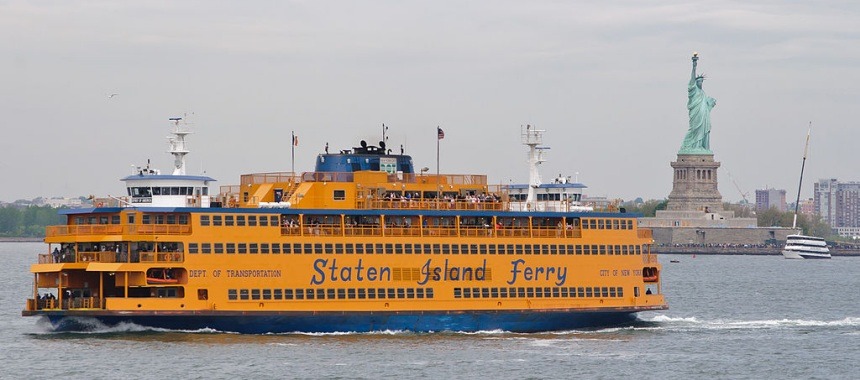
Staten Island Ferry is the last operating line of the once vast ferry system of New York. The service was transporting people between Manhattan and the future sleeping area of Staten Island long before the bridges were built. Today, Staten Island Ferry provides a passenger flow of 22 million people a year.
Staten Island Ferry — a service of passenger ferries, providing a ferry between New York areas — Manhattan and Staten Island, was founded in 1905. The ferry service operates 24 hours a day 365 days a year and is considered the most reliable type of public transport.
A trip across the bay, over a distance of 5.2 miles (8.4 km), takes about 25 minutes one way. On the lower decks of ferries there are places for bicycles, but since 2001, after the tragic events of September 11, motor vehicles have not been allowed by the ferry. For today, the ferry is free for passengers.
Such a water taxi is in demand among tourists from New-York as a means of providing a beautiful view of the Statue of Liberty and Lower Manhattan, as well as the only way to get to the area at night.
On the ferry crossing, nine self-propelled vessels are involved, each of which belongs to a certain class of ferries.
Kennedy-class ferries
Three ferries of the Kennedy-class were built in 1965. Two of them were withdrawn from the service in 2007, and one vessel still carries out regular flights.
Technical data for Kennedy-class ferries:
- Displacement — 2,109 tonnes
- Length — 91 m
- Width — 21.3 m
- Draft — 4.1 m
- The power plant is a diesel engine with a capacity of 6,500 hp
- Speed is 16 knots
- The passenger capacity is 3,500 people
- The number of cars is 40 units.
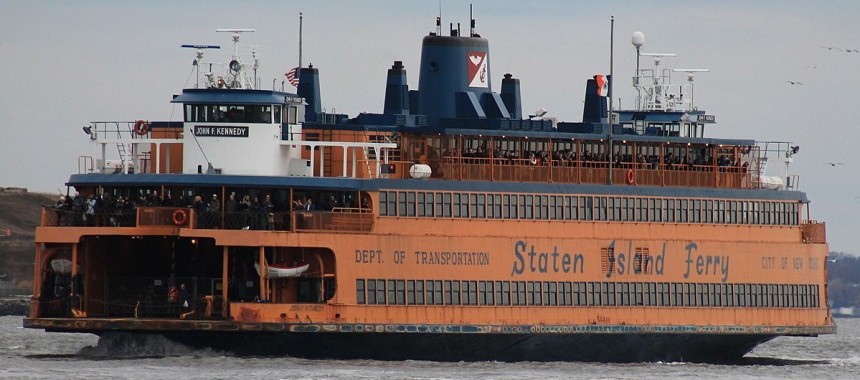 Kennedy-class ferry John F. Kennedy
Kennedy-class ferry John F. Kennedy
Barberi-class ferries
Two ferries of the Barberi-class were built in 1981 and 1982 respectively. After launching, vessels of this type were dubbed mini-submarines for the typical view of the upper deck. Both ships are part of the service.
Technical data for Barberi-class ferries:
- Displacement — 3,335 tonnes
- Length — 94 m
- The width is 21.3 m
- Draft — 4.1 m
- The power plant is a diesel engine with a capacity of 7,000 hp
- Speed is 16 knots
- The passenger capacity is 6,000 people.
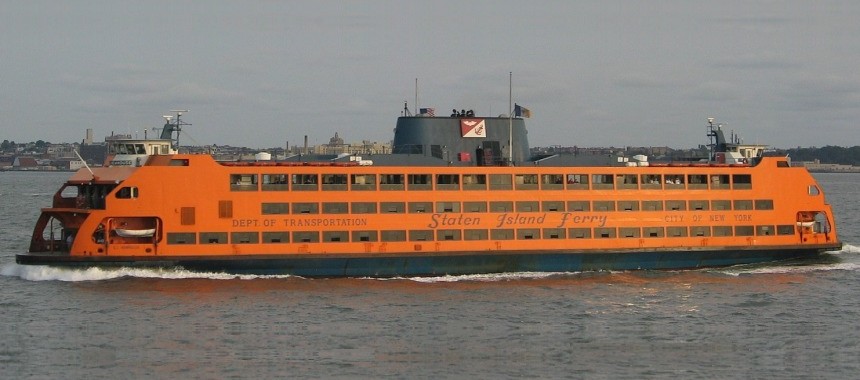 Barberi-class ferry Samuel I.Newhouse
Barberi-class ferry Samuel I.Newhouse
Austen-class ferries
Two Austen-class ferries were built in 1986 and are part of the service.
Technical data for Austen-class ferries:
- Displacement — 499 tonnes
- Length — 63 m
- Width — 12.3 m
- Draft — 2.6 m
- Powerplant — diesel power of 3,200 hp
- Speed is 16 knots
- The passenger capacity is 1,280 people.
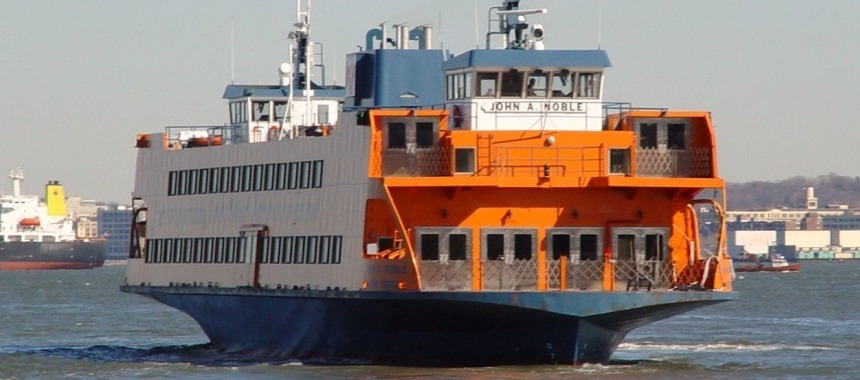 Austen-class ferry John A. Noble
Austen-class ferry John A. Noble
Molinari-class ferries
Three ferries of the Molinari-class were built in the period from 2004 to 2006 and resemble the classic ferry boats of New York.
Technical data for Molinari-class ferries:
- Displacement — 3,200 tonnes
- Length — 94.49 m
- Width — 21.34 m
- Power plant — diesel with a capacity of 10,000 hp
- Speed — 16 knots
- Passenger capacity — 4,400 people
- The number of cars is 30 units.
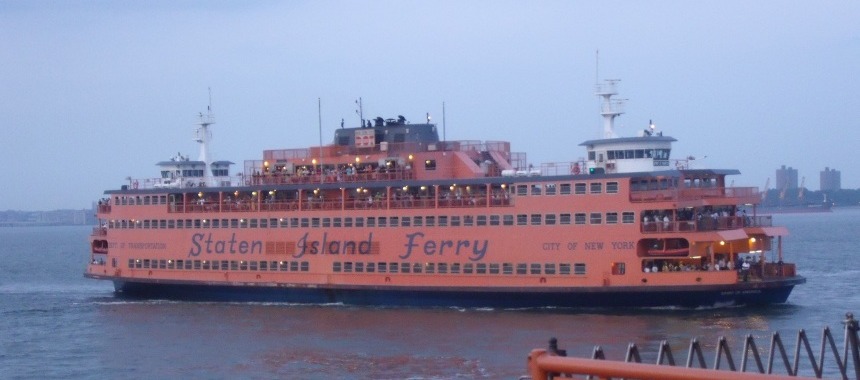 Molinari-class ferry Spirit of America
Molinari-class ferry Spirit of America
Ferry Michael Cosgrove
Carried out the first transportation on April 4, 2006. His keel was built from the steel of the destroyed towers of the World Trade Center.
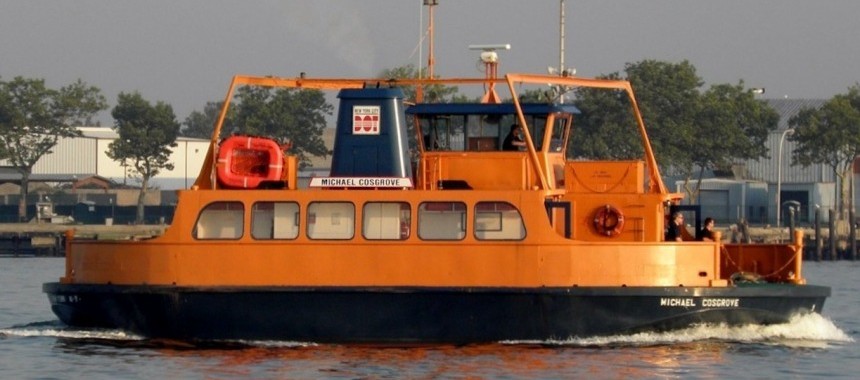 Ferry Michael Cosgrove
Ferry Michael Cosgrove
- Comments
 en
en ru
ru uk
uk



